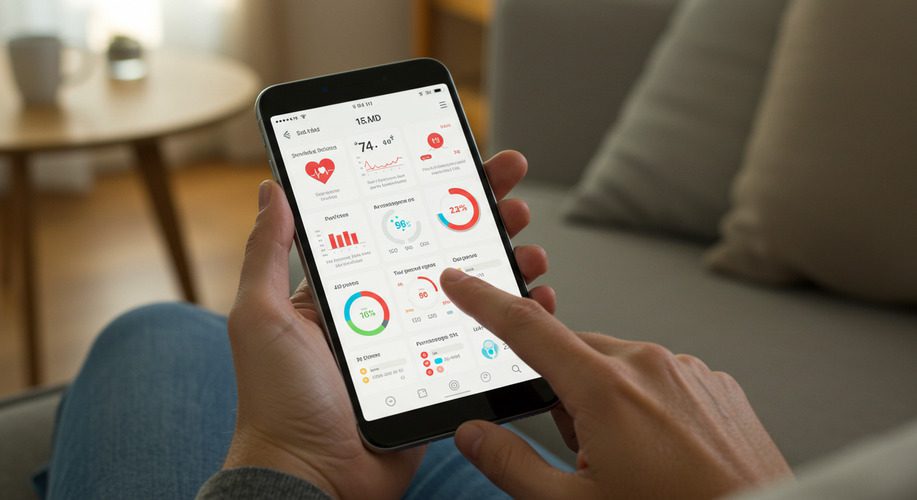
Article
Implementing Real-Time Data Analytics in SaMD Solutions
The following is excerpted from a new article we’ve just published at MedTech Intelligence titled Building the Next Generation of Wearable Devices to Enhance Remote Patient Care. The article is the first in a new series by Bernhard Kappe, Randy Horton, and Adrian Pittman about patient engagement, connected medical devices, and the emergence of medical-grade lifestyle devices.
Traditional medical device manufacturers generally demonstrate a good grasp of distribution, integrity, and privacy, but often are insufficient at inspiring the sort of passion that can drive patient adoption and adherence—due to complex setup or otherwise nonintuitive usage experiences. In contrast, consumer manufacturers are often far better at creating the sort of product engagement that can correlate with strong adherence behaviors—making products people love.
By blending the best-of-breed capabilities of both medical and consumer-grade manufacturers, a new class of devices is possible: Medical-grade lifestyle devices. Combined with virtual care, providers can readily keep track of their patients to improve the quality of care, while patients are empowered to improve their health.
This is not easy; otherwise, there would be more direct examples to point to rather than just analogs. Beyond the complexity of balancing the parallel needs of patients and care providers, there’s also the added challenge of an understandable amount of medical professional skepticism due to the numerous high-profile failures of consumer tech companies attempting to enter the near-medical space. To deliver on the promise of improved patient care, it is important to identify the key factors that resulted in previous unsuccessful attempts and outline how to close those gaps.
To build devices that meet the emerging needs of regulated remote patient care and positively drive patient-provider adoption, there are four principal areas in which manufacturers will need to focus: Distribution, integrity, privacy, and adherence.
Related Posts

Article
Implementing Real-Time Data Analytics in SaMD Solutions

Article
Navigating FDA’s Proposed AI/ML Framework for SaMD

Article
JD Peace: A Creative Software Engineer Building MedTech Solutions

Article
Improving Patient Engagement with SaMD Solutions